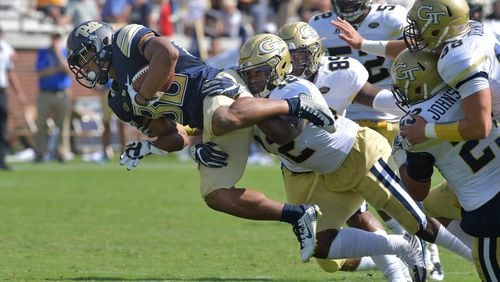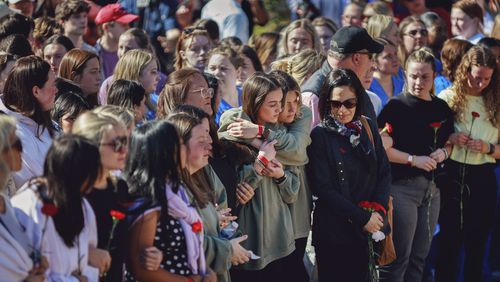Georgia Tech will begin using an eye-tracking technology as part of its concussion management program. The company, SyncThink, made the announcement Monday.
The Eye-Sync technology uses a modified virtual reality goggles to measure and detect visual-tracking impairments in less than a minute. Visual-tracking impairment is often a symptom of a concussion. The technology can be used on the field and also in treatment facilities.
“We are extremely excited about the opportunity to work with (SyncThink CCO) Scott Anderson and his team with Eye-Sync, but even more excited about the opportunity to improve our student-athlete outcomes as it relates to understanding the complexities of (mild traumatic brain injury) care,” Carla Gilson, Tech’s associate director of sports medicine, said in a statement. “Having a more objective means to assessment may offer ta clearer path to recovery and healing or our student-athletes and sports medicine staff.”
SyncThink also works with the Pac-12 Conference, Texas and Iowa State.
About the Author







